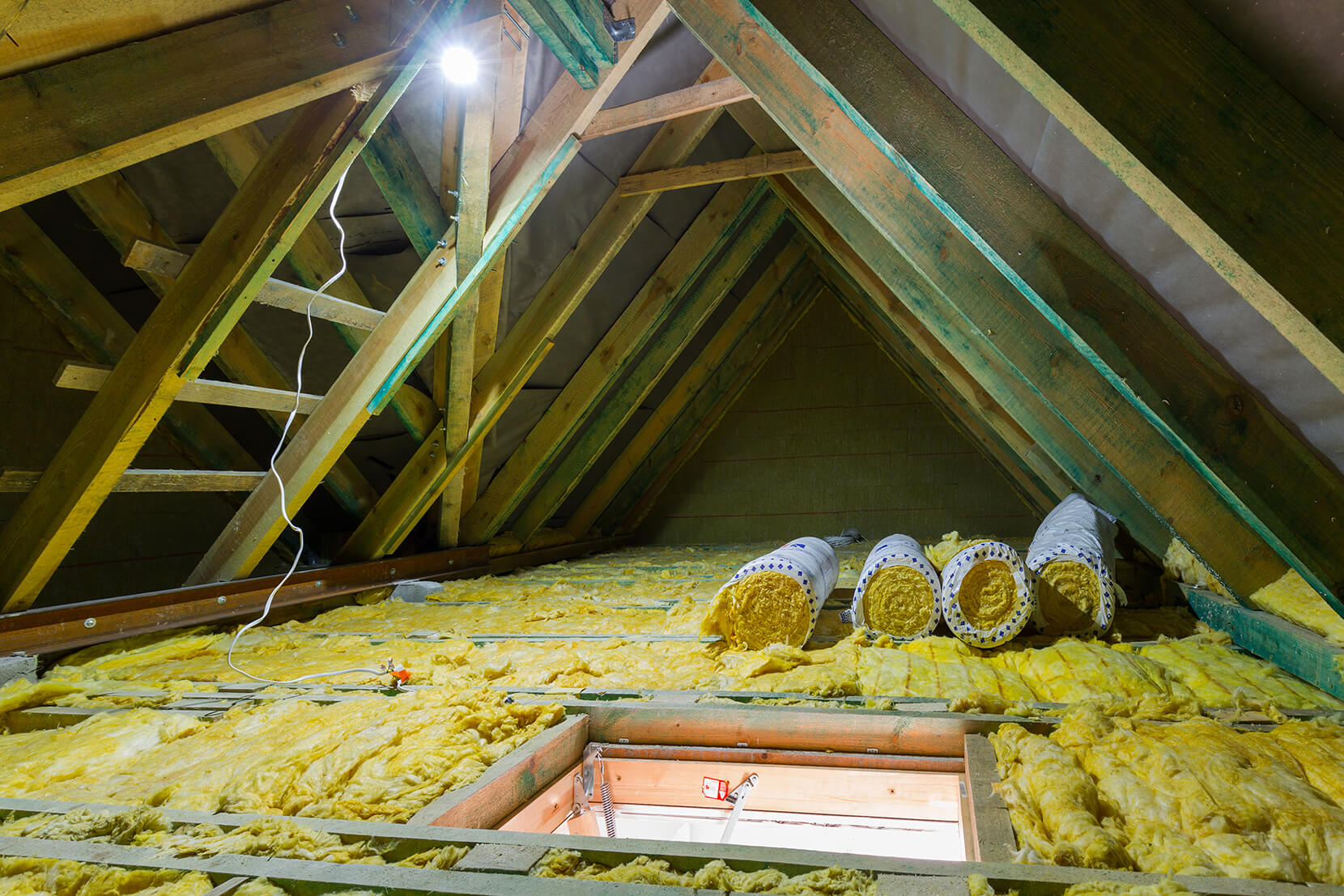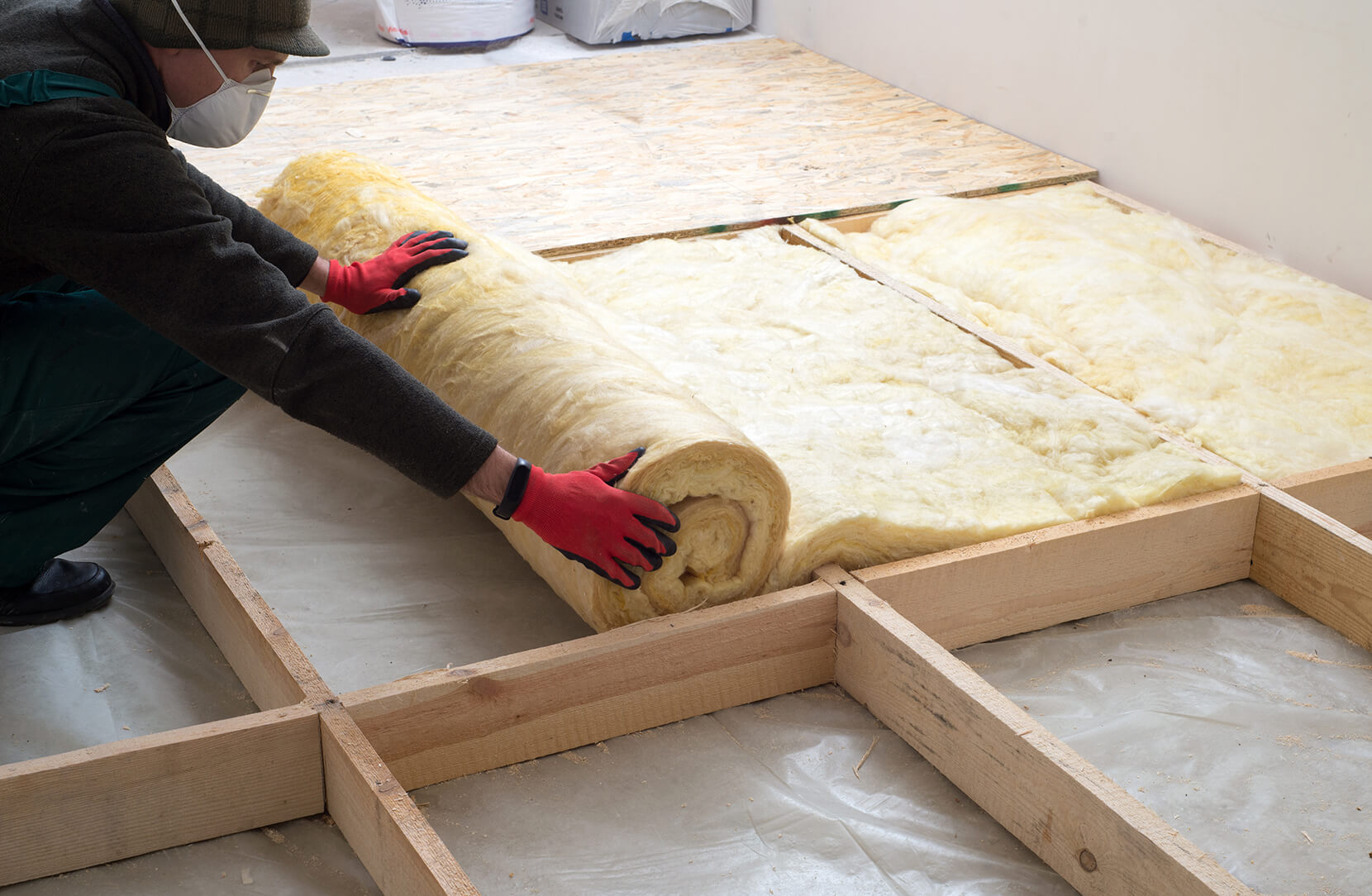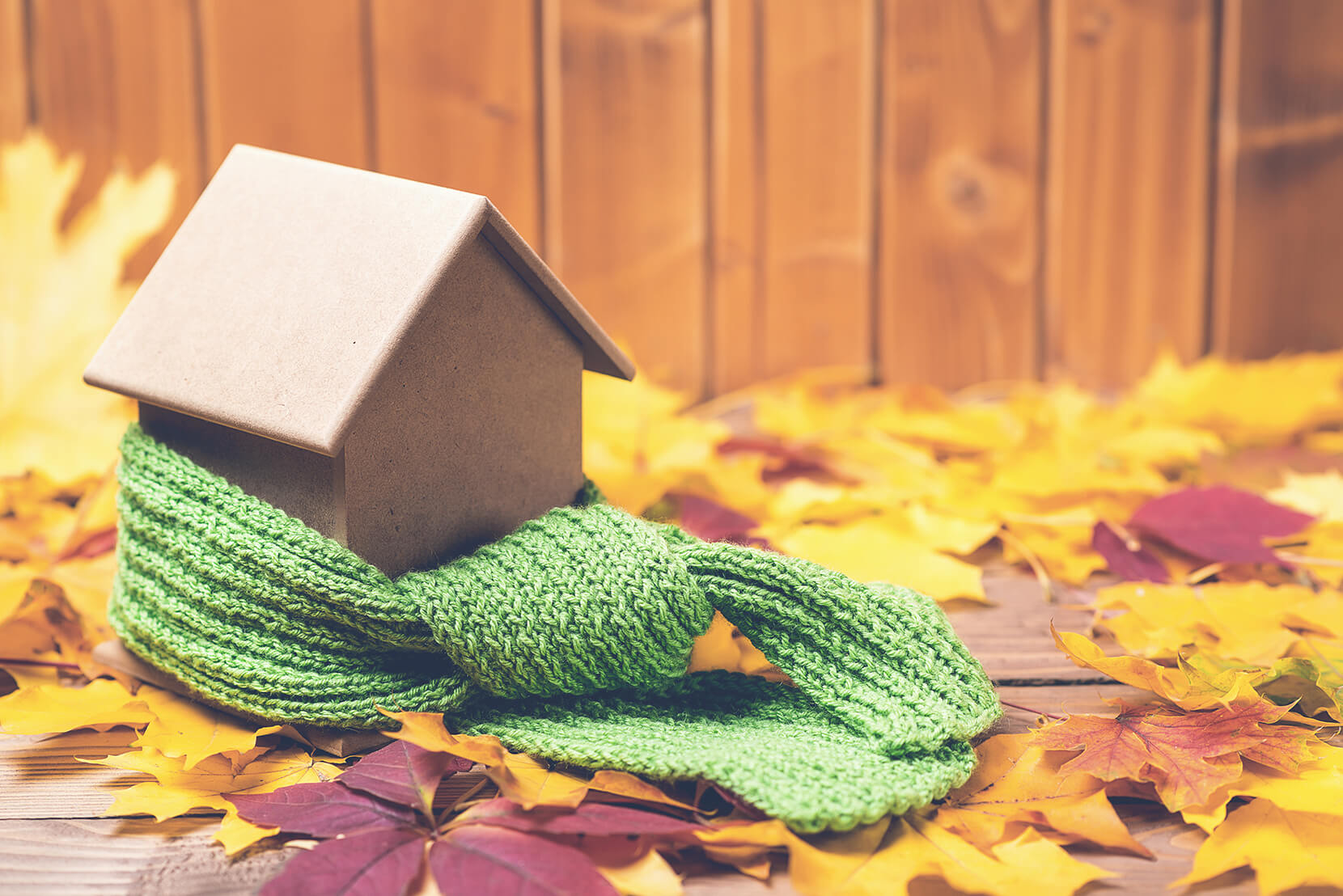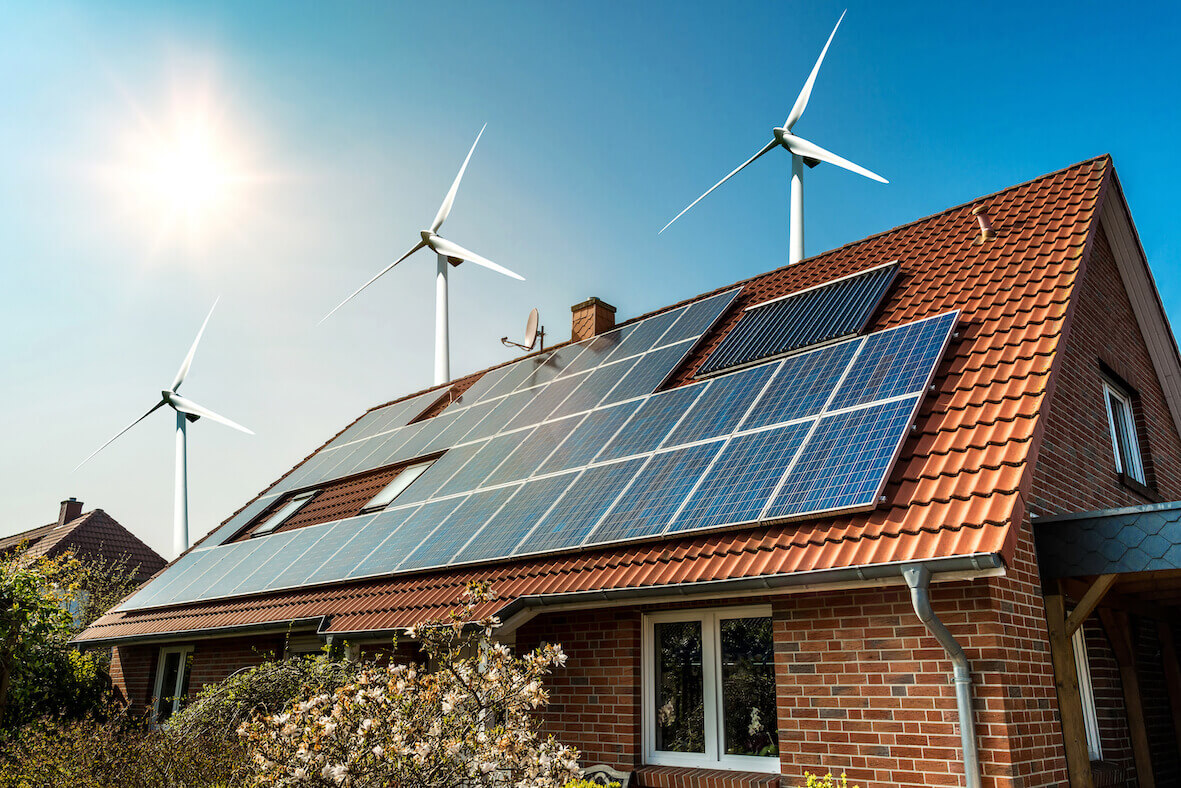The best ways to insulate your home
If you want to keep your energy bills low and reduce your carbon emissions, installing insulation is one of the best ways to keep the heat in your home, and the cold out.
Insulating walls
Around one-third of all the heat lost in an uninsulated home escapes through the walls, so it’s a good place to start. By properly insulating your walls, you will save energy and cut costs off your heating bill.
First, you need to work out your wall type. Most home swill either have cavity walls or solid walls. Cavity walls usually have an even brick pattern, with all the bricks laid lengthways.
If your home has solid walls, the bricks will have an alternating pattern, with some bricks laid across the wall so you can see the smaller ends from the outside.
If the outside wall is covered with render you may be able to tell by the age of the house or the thickness of the walls.
Cavity walls can be insulated by a professional, who will inject insulation material into the cavity, or space in the wall. A specialist will drill holes in the outside walls, inject insulation through the holes and then seal them with mortar.
Solid walls can be insulated from the inside or outside of your home.
Internal wall insulation is done by fitting rigid insulation boards to the wall, or by building a stud wall filled in with insulation material. External wall insulation involves fixing a layer of insulation material to the wall, and then covering it with render or cladding.
Costs, Savings and Installation
The costs and savings associated with insulating your walls will vary depending on your wall type and house size. Internal solid wall insulation for an average semi-detached house, for example, will cost around £7,000 to install but could save you around £225 a year on your energy bills.
External insulation is likely to be more expensive, at around £10,000 for an average semi-detached house.
The work should come with a 25-year guarantee.
Insulating roofs
An uninsulated house could be losing up to 25% of its heat through the roof. Insulating your loft, attic or roof is a simple and effective way to limit heat loss and reduce your heating bills.
If your loft is easy to access and doesn’t have dampness or condensation, it should be easy to insulate, it’s possible to do it yourself if the loft is easy to access.
Use rolls of insulation and lay the first layer between the joists, the horizontal beams that make up the floor of the loft. Another layer is then laid at right angles to cover the joists and make up the insulation to the required depth.
There are several things to consider when installing loft insulation, including storage space, inaccessible areas and damp. You will need to ensure that the roof space remains well ventilated, to prevent condensation from occurring.
Costs and savings vary, depending on the level of insulation you install and the size of your home. But as an example, if you live in an average semi-detached house and install up to 270mm of insulation at a cost of £300, you could save around £150 a year on your energy bills and reduce your carbon footprint by more than 600kg a year.

Insulating floors
Insulating your ground floor if you live in a house, bungalow or ground floor flat is another great way to keep your property warm.
First, you need to work out what type of floor you have. Many newer homes will have a ground floor made of concrete. This can be insulated by adding rigid insulation boards on top.
Older homes are more likely to have suspended timber or wooden floors. Timber floors can be insulated by lifting the floorboards and laying down insulation, supporting it with netting laid between the joists.
Insulating under the floorboards could save you around £40 a year by preventing the heat from escaping through the ground.
You can also seal the gaps between floors and skirting boards to reduce draughts yourself, using a sealant.
Rugs and carpets can also help your feet feel warmer, which might mean you don’t feel the need to put the heating on as often during the colder months.

Insulating pipes
It can be easy to forget the small things but insulating your water tank and pipes is a quick, easy and affordable way to save money on your energy bills.
A hot water cylinder jacket costs around £15 and should be easy to fit by following the manufacturer’s instructions. Pipe insulation is also relatively cheap and can be as simple as choosing the correct size and slipping it around the hot water pipes.
If you’re trying to save money on your heating bills and reduce your energy consumption, radiator reflector panels are another good, low-cost option. These panels are fixed behind your radiators to reflect heat from the radiator back into the room, instead of letting the heat out through an external wall.
Costs and savings for these types of insulation will vary depending on the size of your hot water tank, number of radiators and length of pipes. In a gas-heated average semi-detached house, for example, you could save around £90 a year by adding up to 80mm insulation on an uninsulated hot water tank.
Notes: All figures sourced from Energy Saving Trust 2021.




